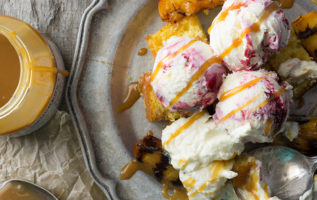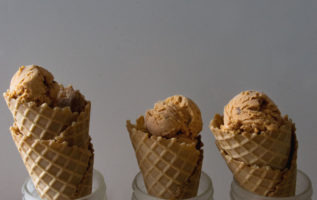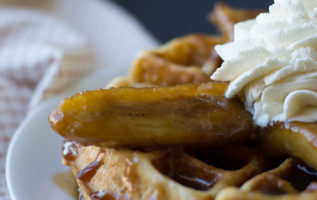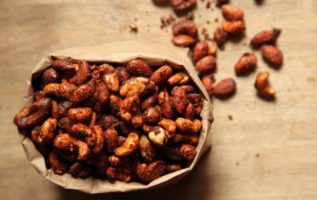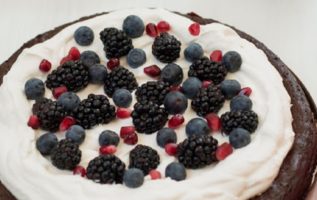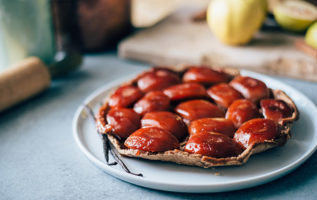
I was making Jell-O the other day, but ended up with a serving of humble pie: Imagine my surprise when I opened the fridge hours later and realized the thing never set. Instead of having a delicious, jiggly dessert, I was confronted with a useless bowl of liquid that never formed into a mold.
What the heck was going on, I wondered. I mean, it’s Jell-O, not rocket science. Second doubts set in quick.
“Why had I ever gone to culinary school if I couldn’t pull off making something as simple as one of America’s favorite, no-brainer desserts?”
Turns our there was a very simple reason for why my gelatin never set, and I have a feeling it’s something others could experience, too: The type of fruit I happened to use in the Jell-O did not get along with the stuff.
See, I threw in some fresh kiwi that was lying around, figuring that even though it was a bit over-ripe it’d taste just fine in the dessert. As fate would have it, kiwi is among the few fruits with an enzyme that prevents Jell-O from doing what it does best: gelling.
Others include fresh or frozen pineapple, peaches, papaya, honeydew and mango. Also on the list of no-no’s according to The Joy of Cooking, are figs and ginger — so there goes that idea for a ginger-chicken aspic.
If you really must use one of these fruits in your Jell-O, you’ll have to cook them first or go with a canned version. The reason cooked or canned versions of these fruit work is because the heat used in cooking or canning kills the enzymes in the fruit that inhibit gelatin from gelling.
As for me, I’m still craving some Jell-O. So it’s back to the store for more — and maybe this time I’ll just go with apples.
Source: iwanttocook.com (defunct blog)





















